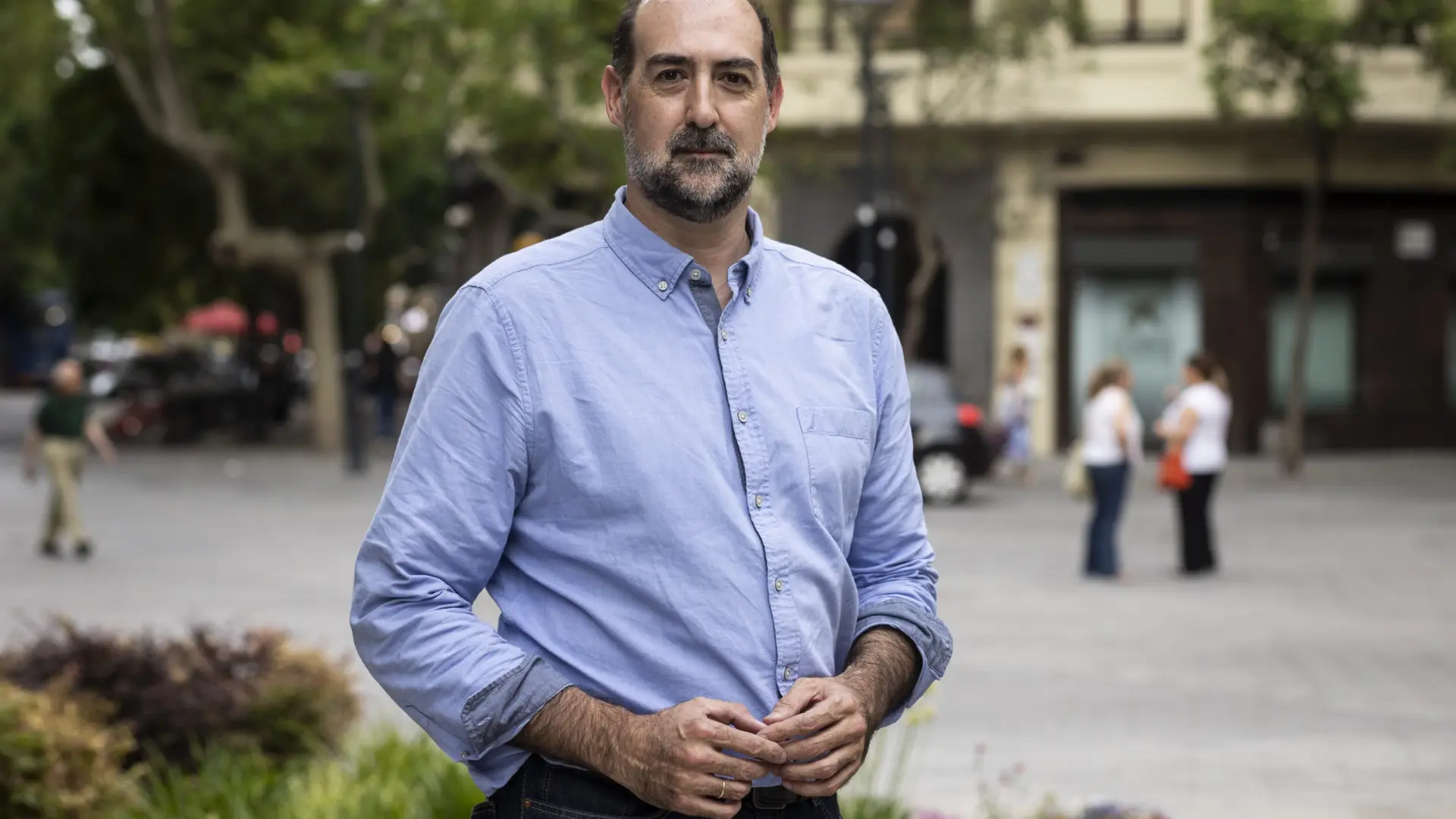That morning Dr. I still remember with Dieter Gruen…
I remember that too. He was one of the very few scientists who created the Manhattan Project.
Einstein’s famous letter to President Roosevelt…
Warning that the Nazis were close to the atomic bomb, the United States urgently needed an atomic bomb in the midst of World War II. Gruen was born in Germany in 1922. Escaped Hitler’s insanity and fled to America in the 1930s. He came to Penazque for the biannual ‘HeteroNanoCarb’ conference I hold there (there will be a sixth edition next January) and we had a wonderful time with him, taking advantage of a stop in Zaragoza. Grune still lives in Chicago.
There is no time, time is the things that happen to us… How great, Grune!
He’s 101 now, but he still goes to Argonne National Laboratory and Northwestern University. An exceptional person and scientist.
You are always here and there with your science lectures on nanoscience and materials.
Just arrived from Paris. Before, I was in Ljubljana (Slovenia). Previously, recently, in Strasbourg and Ecuador.
What motivates renowned scientist Raul Arenal?
It is a personal drive to seek knowledge, to better understand materials to advance their applications.
Some say that man was human from the moment he spoke, others from the moment he painted… The development of tools was also an important milestone.
Man is a man because he can identify with himself, because he is capable of absorbing himself. Of course, access to technology represents an enormous advance. In our case, we are trying to understand materials and use them for a specific technical application. In my case, on a nanometric scale: 10-9 m.
One millionth of a millimeter.
Correct. We also work on the atomic scale: 10-10. In the 1970s nanoscience took its name from the American Richard Feynman (Nobel Prize in Physics 1965). So controlling the atom remained a dream. Atoms were observed individually by electron microscopy in the 70s and manipulated from the 80s/90s. The control and manipulation of the atom represents an enormous scientific advance. Atomic scale has revolutionized technology. This was observed with the advancement of the microscope. These microscopes were awarded the Nobel Prize in Physics in 1986 (Ruska, Pinnick and Rohrer).
Pinnick and Rohrer: Scanning probe microscopes.
We have them at the Advanced Microscopy Laboratory (LMA) of the University of Zaragoza, Rio Ebro campus, of which I am a member.
The magic of nanoscience…
By knowing how atoms are arranged, we know how a substance is made. By modifying it if necessary, its properties can be improved: its electrical or thermal conductivity, its optical response, its catalytic, magnetic or mechanical properties. Also, applications in biomedicine, in everything around us.
All…?
Everything: processors, batteries and mobile screen; LED lights, sunscreen creams; textile fibers; Cars, airplanes; in medicines; Medical treatments…
There Jesus Santamaria puts the kibosh on cancer…
Clarity. And one more fact: The 2023 Nobel Prize in Medicine, Physics and Chemistry is related to nanoscience and nanotechnology.
Scientists from the Institute of Nanoscience and Materials of Aragon (INMA) represent the national vanguard.
Ricardo Ibarra, Luis Martin Moreno, Conrado Rillo, Joaquin Coronas, Jesus Santamaria, Manuel Arruebo, Jose Maria de Teresa, Maria Moros, Pepa Martinez, Jesus Martinez de la Fountain and others.
The recognition that INMA now has is also important.
Very important. INMA has achieved the Severo Ochoa Seal of Excellence: the highest national recognition a science center can receive. I don’t like football, but it’s like playing in the Champions League…
Let’s leave football one day, and give Dr. Grune my best regards in your next conversation.
I do the same.

